1 月 . 25, 2025 21:59 Back to list
deep well submersible pump
Replacing a deep well submersible pump might seem like a daunting task, but with the right expertise and guidance, it can be accomplished with precision and efficiency. This guide aims to provide both seasoned professionals and newcomers in the field with a comprehensive understanding of the replacement process, ensuring a successful installation and seamless operation.
1. Remove the Pump - Carefully remove the well cap to access the pump assembly. - Utilize a pipe wrench to detach the drop pipe connected to the pump. This pipe may be in sections, so brace for weight. - Slowly raise the pipe and pump from the well. For deep wells or heavier pumps, a tripod or winch system may be necessary to safely lift the equipment. 2. Assess and Inspect - Examine the removed pump for visible signs of wear or damage that could indicate the original failure cause. This is vital for preventing similar issues with the new pump. - Check the submerged cable for any damage. It might be prudent to replace the cable to ensure optimal electrical performance. 3. Install the New Pump - Lower the new pump into the well, taking care to avoid twisting or kinking hoses or cables. - Securely connect the pump to the drop pipe. - Ensure all electrical connections are dry and secure. Use waterproof electrical tape for added protection against moisture. 4. Testing the Installation - Reconnect the power and test the pump operation. Initial checks should involve monitoring the water pressure and quality. - If any issues arise, such as inadequate water pressure or unusual noises, inspect the installation for possible errors or contact a professional. 5. Final Checks - Once satisfied with the pump performance, tightly seal the well cap to prevent debris contamination. - Regular maintenance checks are vital. Schedule routine inspections to monitor efficiency and preemptively address minor issues before they lead to significant problems. Expert Tips and Common Pitfalls Understanding common pitfalls can save time and resources. Never attempt a pump replacement alone; the task often requires more than one person for safety and efficiency. Additionally, ensure the replacement pump is the correct type and size for your specific well depth and water demand. Mismatched pumps often result in inadequate performance and premature wear. In summary, while replacing a deep well submersible pump requires technical know-how, doing so effectively enhances system longevity and efficiency. By following meticulous preparation and safety guidelines, accurately diagnosing replacement needs, and adhering to expert-approved installation procedures, one can ensure their deep well water system operates seamlessly for years to come.
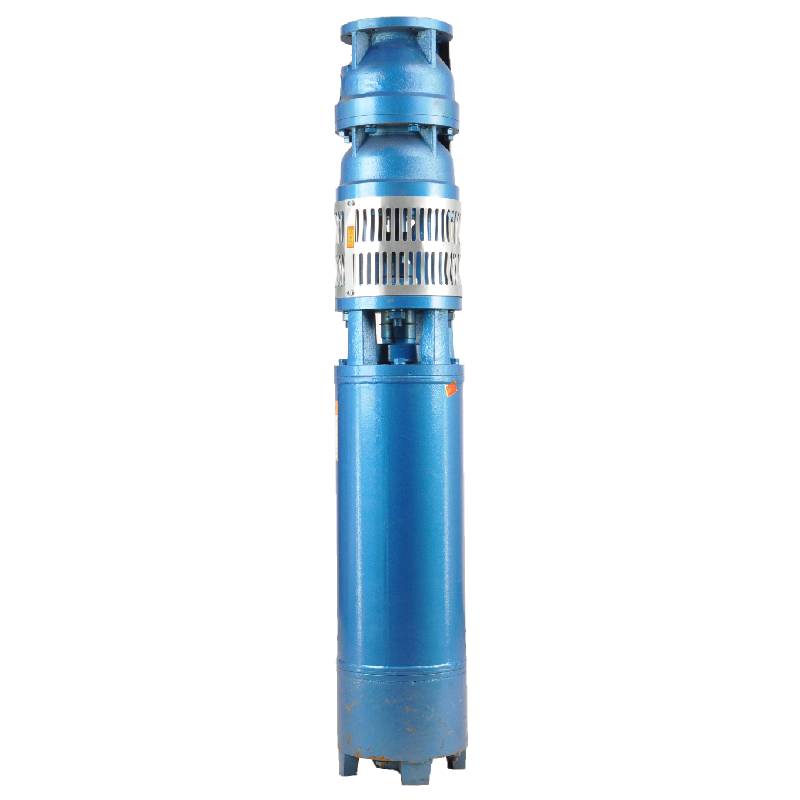
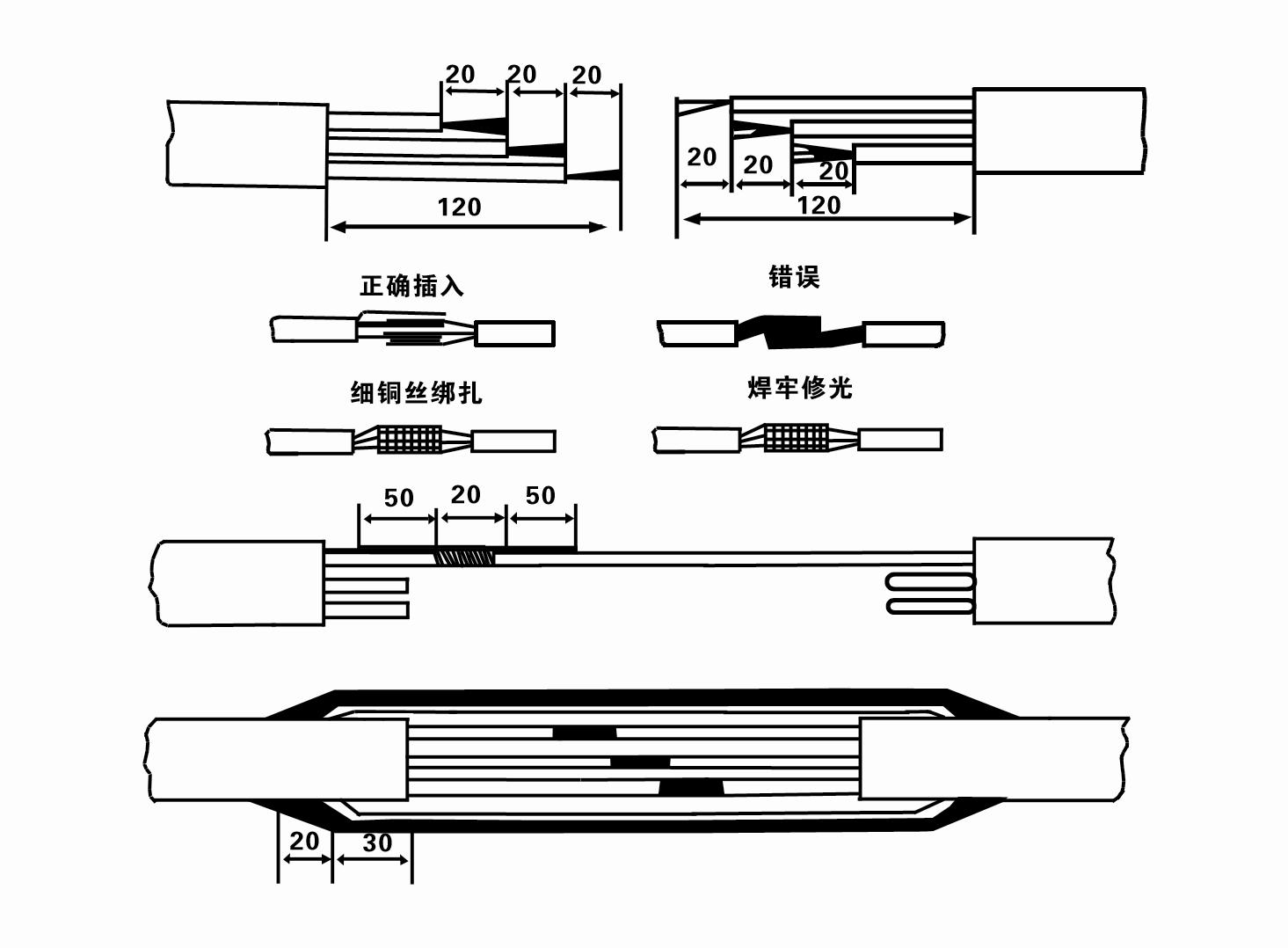
1. Remove the Pump - Carefully remove the well cap to access the pump assembly. - Utilize a pipe wrench to detach the drop pipe connected to the pump. This pipe may be in sections, so brace for weight. - Slowly raise the pipe and pump from the well. For deep wells or heavier pumps, a tripod or winch system may be necessary to safely lift the equipment. 2. Assess and Inspect - Examine the removed pump for visible signs of wear or damage that could indicate the original failure cause. This is vital for preventing similar issues with the new pump. - Check the submerged cable for any damage. It might be prudent to replace the cable to ensure optimal electrical performance. 3. Install the New Pump - Lower the new pump into the well, taking care to avoid twisting or kinking hoses or cables. - Securely connect the pump to the drop pipe. - Ensure all electrical connections are dry and secure. Use waterproof electrical tape for added protection against moisture. 4. Testing the Installation - Reconnect the power and test the pump operation. Initial checks should involve monitoring the water pressure and quality. - If any issues arise, such as inadequate water pressure or unusual noises, inspect the installation for possible errors or contact a professional. 5. Final Checks - Once satisfied with the pump performance, tightly seal the well cap to prevent debris contamination. - Regular maintenance checks are vital. Schedule routine inspections to monitor efficiency and preemptively address minor issues before they lead to significant problems. Expert Tips and Common Pitfalls Understanding common pitfalls can save time and resources. Never attempt a pump replacement alone; the task often requires more than one person for safety and efficiency. Additionally, ensure the replacement pump is the correct type and size for your specific well depth and water demand. Mismatched pumps often result in inadequate performance and premature wear. In summary, while replacing a deep well submersible pump requires technical know-how, doing so effectively enhances system longevity and efficiency. By following meticulous preparation and safety guidelines, accurately diagnosing replacement needs, and adhering to expert-approved installation procedures, one can ensure their deep well water system operates seamlessly for years to come.
Latest news
-
Your Guide to Deep Well Pumps
NewsOct.31,2024
-
Why Choose a Stainless Steel Deep Well Pump?
NewsOct.31,2024
-
Understanding Water-Filled Submersible Pumps
NewsOct.31,2024
-
Understanding SS Submersible Pumps
NewsOct.31,2024
-
Reliable Submersible Well Pumps for Your Water Supply Needs
NewsOct.31,2024
-
Choosing the Right Submersible Pump for Your Water Management Needs
NewsOct.31,2024
-
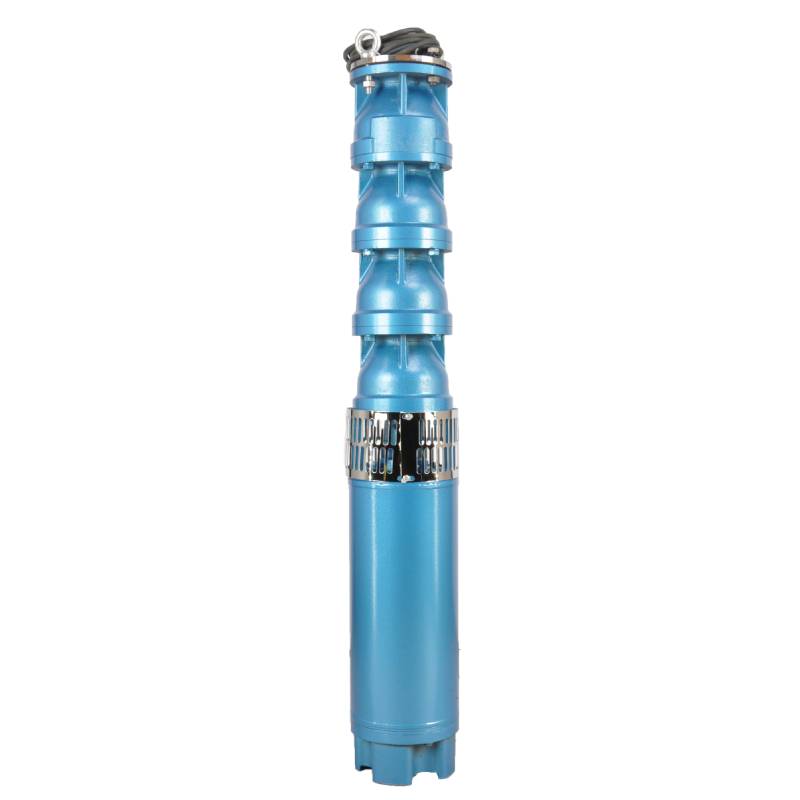 Understanding Water-Filled Submersible PumpsWhen it comes to selecting the right pump for your water management needs, understanding the different types available is crucial.Detail
Understanding Water-Filled Submersible PumpsWhen it comes to selecting the right pump for your water management needs, understanding the different types available is crucial.Detail -
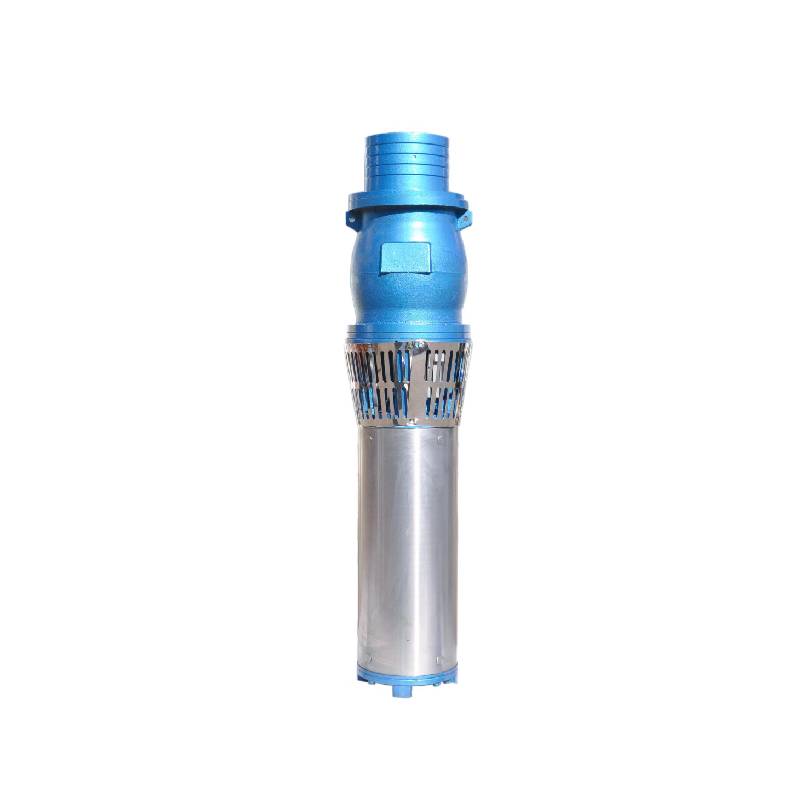 Guide to Installing a Deep Well Submersible PumpWhen dealing with deep wells, a deep well submersible pump is often the most effective solution for extracting water from significant depths.Detail
Guide to Installing a Deep Well Submersible PumpWhen dealing with deep wells, a deep well submersible pump is often the most effective solution for extracting water from significant depths.Detail -
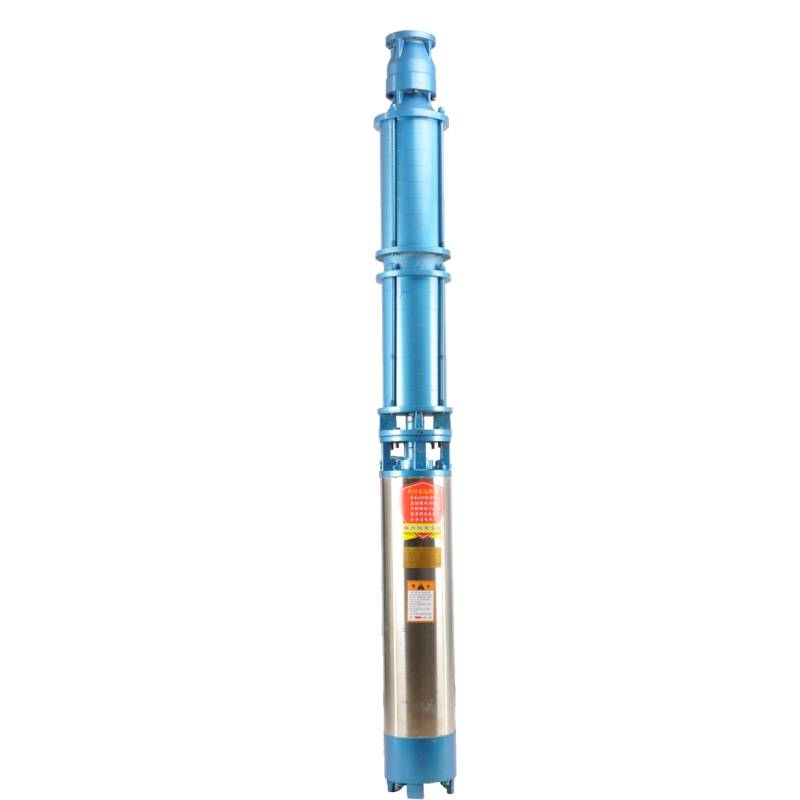 Finding the Right Submersible PumpWhen seeking an efficient solution for pumping water from deep wells, sumps, or other applications, the submersible pump is a leading choice.Detail
Finding the Right Submersible PumpWhen seeking an efficient solution for pumping water from deep wells, sumps, or other applications, the submersible pump is a leading choice.Detail
